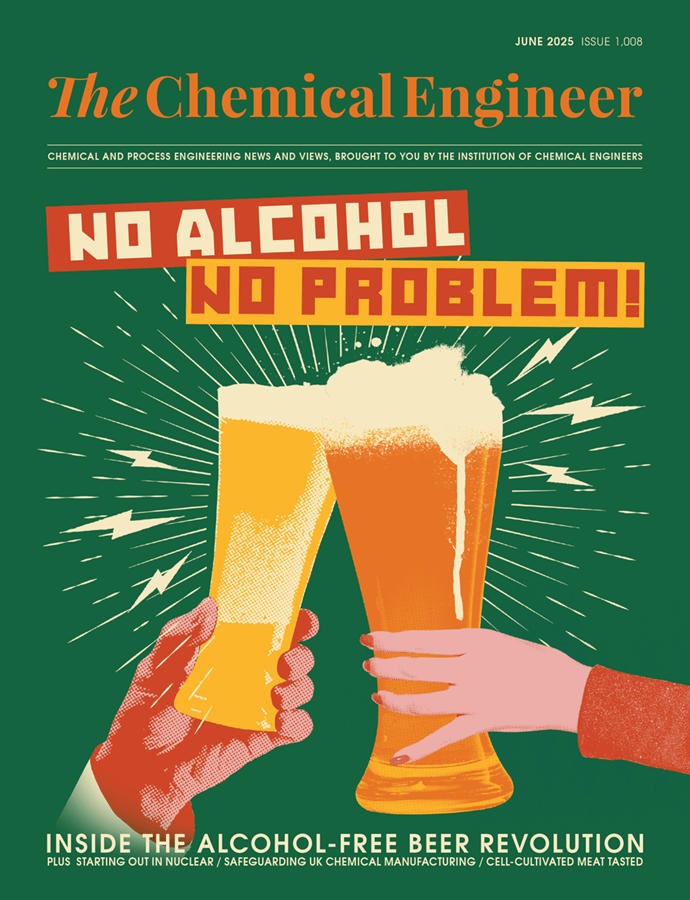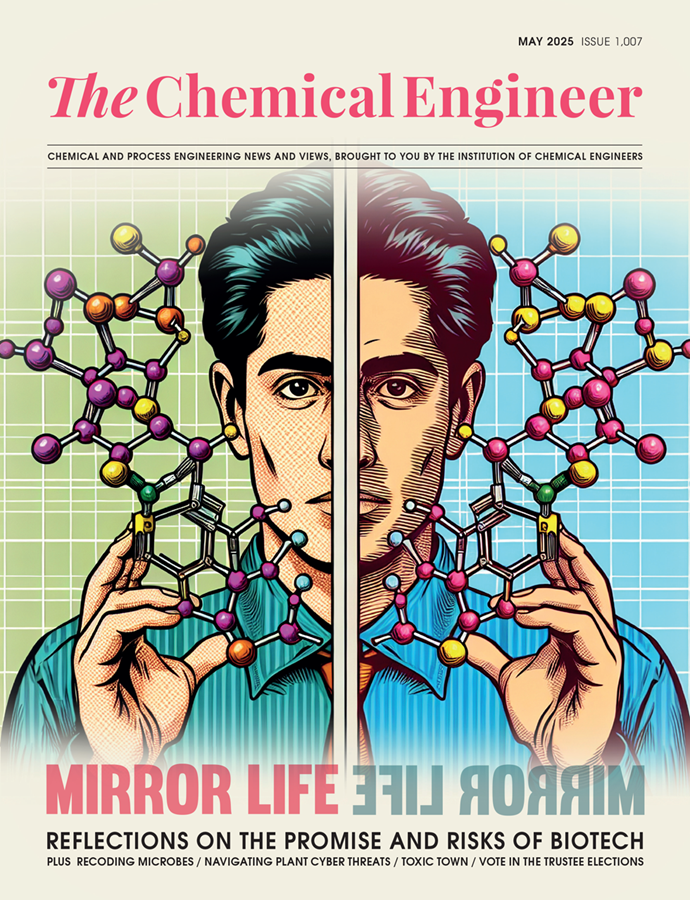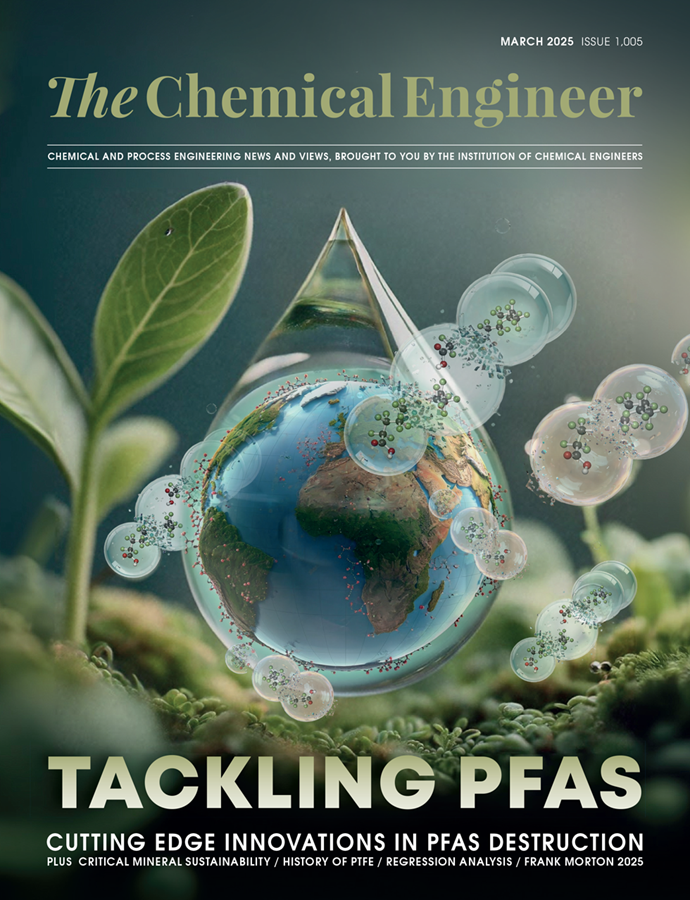Milk Monitoring: Rethinking Sustainability in the Dairy vs Plant-Based Debate

While plant-based alternatives are often touted as the more sustainable choice, Peter de Jong and David Pearce argue that a deeper, nutrient-focused analysis is needed to fully understand the environmental impact of milk and its substitutes
Quick read
- Sustainability Comparisons: The carbon and water footprints of bovine milk and plant-based beverages vary based on factors like farm practices and processing, with plant-based options generally having lower footprints but lower nutrient density than milk
- Nutrient Density in Sustainability: Evaluating sustainability should also consider nutrient content, as some plant-based beverages, like coconut milk, need fortification to match the nutritional value of milk, highlighting the balance between environmental impact and nutrition
BOVINE milk was the first food substituted and used as a successor to mother’s milk for millennia. It is seen as an accessible, nutritious substitute and a credible food in its own right. As the human population has increased, so has the demand for this nutrition source. Up until recently, bovine milk consumption, and hence cow numbers, was more or less in balance with the human population. The increasing milk demand has been met by more cows and more per-cow production. In some regions, this has placed an unreasonable strain on the local environment, leading to some sectors of society questioning the need for bovine milk and looking for alternatives such as plant-based beverages.
In scientific literature and popular media many comparisons between the degree of sustainability of bovine milk and milk alternatives can be found. However, the ways that the sustainability of milk and plant-based beverages are measured has its shortcomings.
In most cases, sustainability is quantified by the carbon and water footprint of the product – kg CO2e per kg of food product – to quantify the greenhouse gas amount. These are presented in numerous ways, depending on the world region, milk production per cow, and even farm size. Those values are far from equal. For example, the values at farm gate differ from 6.7 kg CO2e per kg of milk in Africa to 1.3 kg CO2e per kg of milk in the US,1 with the global average at 2.1 kg CO2e per kg of milk.

The differences can be linked to scale, farm management practices, and external events. The same holds for plant-based beverages. The carbon footprint of dairy alternatives, much like that of milk, depends on the source of origin, which incorporates farm location and quality of farm management. For example, in the Netherlands, in a well-controlled system, the farmers with the top 5% of quality metrics have roughly 10% lower emissions than their peers. Yield per hectare, energy source and use, and soil treatment will differ from region to region. For example, values between 0.4 and 3.8 and 0.2 and 2.5 CO2e per kg have been reported for tree nuts and pulses, respectively.2
Those carbon footprints are based on life cycle analysis (LCA), a holistic tool to compute the footprint of a product between defined system boundaries. The variation of published footprints might be caused by several factors, for example, different system boundaries, variation in farm management and differences in processing equipment and conditions.
Major concerns about the impact of both climate change and a growing global population have stimulated efforts to look for more sustainable food production chains. One example is the so-called protein transition, where animal-based proteins are replaced by plant-based proteins. The improvement in sustainability is quantified, among other things, by the greenhouse gas reduction, ie CO2e per kg product. In general, plant-based alternatives tend to have lower carbon footprints. For example, the carbon footprint of dairy alternatives such as soy, oat, and almond beverages are presented as significantly lower than that of milk.2 As a result, the role of dairy is being challenged. In the US, the market share of plant-based dairy alternatives is more than 7% of the total milk market and a 2020 US study showed they are viewed as better food products for the planet by the majority of consumers.3
It should not be overlooked though, that the primary use of food is as a carrier of nutrients, aiming to maintain and fuel the body. The main challenge in feeding the growing world population is the effectiveness of nutrients and not simply kilograms or even calories ingested. Protein is considered a key nutrient in this context. Several plant-based beverages have fewer nutrients per serving than milk4,5 and the Food and Agriculture Organization of the United Nations (FAO) has encouraged including nutritional properties in so-called nutritional Life Cycle Assessment (nLCA) studies.6
Several authors have begun relating nutrient density of food products to the emission of greenhouse gases in kg CO2e per kg product. Since the nutrient density of a plant-based beverage is in many cases much lower than that of bovine milk, comparisons lead to smaller differences in greenhouse gas emission per amount of nutrients. In a recent paper to which Peter contributed, it was shown that incorporating nutrients, including protein quality (ie digestibility and amino acid profile), in the carbon footprint evaluation may lead to different conclusions7 as illustrated in Figure 2.

As a case study, one serving of semi-skimmed milk is compared with one serving of several plant-based beverages, both fortified and non-fortified, namely: oat, soy, rice, coconut, and almond. For now, this study provides a practical method for comparing sustainability of food where carbon footprint is related to nutrient richness and digestibility. The results also show the near future potential of improved farm management and feed regimes, including additives and herbs leading to up to a 40% reduction of methane emissions. For example, if one takes coconut milk, the amount of nutrients is much less than that of milk – by a factor of 5. In fortified products the amount of nutrients is increased by adding nutrients (not available in coconut milk), for example, calcium and vitamin D. Rice has a value of 79 – meaning a lot of added nutrients are required to bring it on a par with semi-skimmed milk.
Some authors even begin with the premise that nutrients derived from animal sources are not environmentally sustainable. As a result, they redefine the nutrient density index by excluding any nutrients derived from animals.7 When this approach is taken, it becomes unfeasible to directly compare the sustainability of nutrients from bovine sources with those from plant-based sources.
Given that any nutritional deficiencies in a person’s diet can typically be compensated by incorporating other food items, plant-based beverages are often considered a viable milk alternative. However, it is important to note that some consumers might view plant-based beverages as a direct substitute for bovine milk. Therefore, gaining insight into the greenhouse gas emissions per unit of nutrients per serving for these beverages is of significance.
It is clear from the FAO report on Crops Statistics – Concepts, Definitions and Classifications6 that a comprehensive evaluation of all relevant aspects of environmental costs and nutritional aspects is still far too complex. For example, greenhouse gas emissions are only one aspect of the many factors that describe the environmental impact of food products. Their research aims to contribute to the initial stages in developing a more balanced scientific comparison between food categories where CO2 emissions are not related to kilograms of a food product but to its primary function: availability and uptake of nutrients in the consumer’s body. This will result in a multi-criterial evaluation of the sustainability of food categories incorporating the Nutrient Richness Food (NRF) index, digestibility of proteins, amount of essential amino acids and even the bioactivity of each nutrient.

A discussion on the sustainability of food is only meaningful if it considers both its environmental impact and its effects on human health. To comprehensively evaluate food products, factors such as health benefits, environmental costs, and consumer prices must be integrated into the analysis. One approach to achieve this is by defining a true price, which combines the retail price of a product with its environmental cost, expressed in monetary terms.
In summary, achieving increased sustainability in dairy production requires collective responsibility across the entire production chain. Farmers should implement strategies to reduce methane emissions, dairy companies should adopt innovative sustainable technologies for manufacturing – leveraging advancements from chemical engineering – and consumers should be prepared to pay a true price for products that are both tasty and healthy, driven by transparent and fact-based communication.
References
1. FAO; Climate Change and the Global Dairy Cattle Sector – The Role of the Dairy Sector in a Low-Carbon Future; Rome, Italy, 2018; p36. https://bit.ly/3V5aKj1
2. S Clune; E Crossin; K Verghese; Systematic review of greenhouse gas emissions for different fresh food categories. Journal of Cleaner Production, 2017, 140, pp766–783. https://doi.org/10.1016/j.jclepro.2016.04.082
3. AN Schiano; WS Harwood; PD Gerard; MA Drake; Consumer perception of the sustainability of dairy products and plant-based dairy alternatives. Journal of Dairy Science, 2020, 103, 11228–11243. https://doi.org/10.3168/jds.2020-18406
4. M Kalyn; MD Collard, P David; MD McCormick; A nutritional comparison of cow’s milk and alternative milk products. Academic Pediatrics, 2020, 21, pp1067–1069. https://doi.org/10.1016/j.acap.2020.12.007
5. B Walther; D Guggisberg; R Badertscher et al; Comparison of nutritional composition between plant-based drinks and cow’s milk. Frontiers in Nutrition, 2022, 9, 988707. https://doi.org/10.3389/fnut.2022.988707
6. FAO; Integration of environment and nutrition in life cycle assessment of food items: opportunities and challenges; Rome, Italy, 2021. https://bit.ly/4fvvngt
7. P De Jong; F Woudstra; AN Van Wijk; 2024; Sustainability Evaluation of Plant-Based Beverages and Semi-Skimmed Milk Incorporating Nutrients, Market Prices, and Environmental Costs Sustainability, 16(5), 1919; https://doi.org/10.3390/su16051919
8. C Van Dooren; A Douma; H Aiking; P Vellinga; Proposing a Novel Index Reflecting Both Climate Impact and Nutritional Impact of Food Products. Ecological Economics 2017, 131, pp389–398. https://doi.org/10.1016/j.ecolecon.2016.08.029
Recent Editions
Catch up on the latest news, views and jobs from The Chemical Engineer. Below are the four latest issues. View a wider selection of the archive from within the Magazine section of this site.




